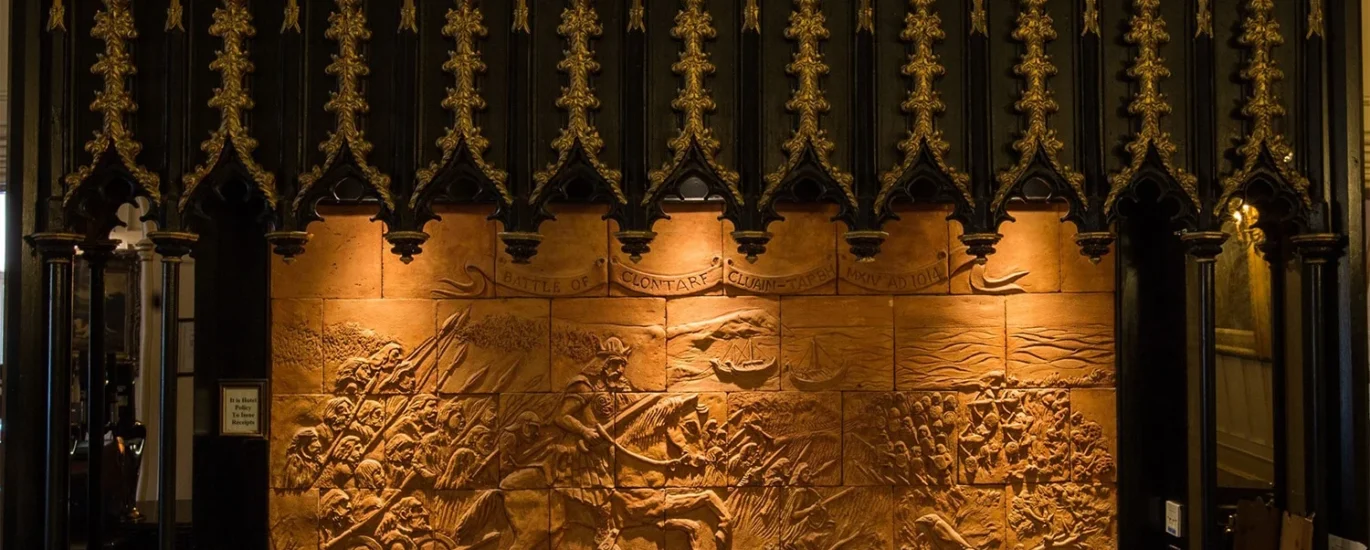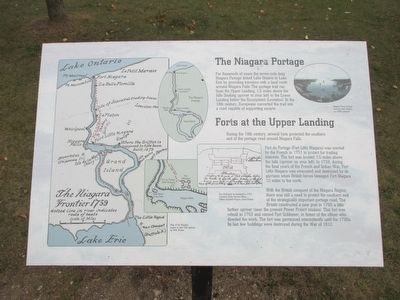Welcome to Clontarf Castle, a site steeped in rich history and legend. Originally established in 1172, this Norman castle bears witness to centuries of Irish history. Nestled in Clontarf, Dublin, the castle was built by Hugh de Lacy, a significant figure in the Anglo-Norman invasion of Ireland. De Lacy, a trusted knight of King Henry II, played a pivotal role in the consolidation of Norman power in Ireland.
The castle’s history is closely tied to the famous Battle of Clontarf in 1014, a decisive conflict where the legendary High King of Ireland, Brian Boru, fought against Norse invaders and their Irish allies. Although this battle predates the castle’s construction, the site and surrounding area were pivotal to Dublin’s defense and its strategic importance in the region.
Over the centuries, Clontarf Castle has seen numerous transformations. Initially a fortress, it evolved into a stately home and eventually became the polished hotel you see today. The castle’s architecture reflects its Norman origins, with later additions showcasing the changing tastes and needs of its various owners.
Among the notable figures associated with Clontarf Castle is Sir John Blackwood, the 2nd Baron Dufferin and Claneboye, who owned the estate in the 18th century. His family played a significant role in the local area, and their influence can still be felt today.
In the broader historical context, Clontarf Castle stands as a monument to the tumultuous history of Ireland, from the Norman invasion to the present day. Its walls have witnessed the ebb and flow of power, culture, and conflict, making it a fascinating destination for history enthusiasts.
As you explore the castle, imagine the stories that these ancient stones could tell—of battles fought, alliances forged, and lives lived within its walls.
Enjoy your journey through history at Clontarf Castle.



